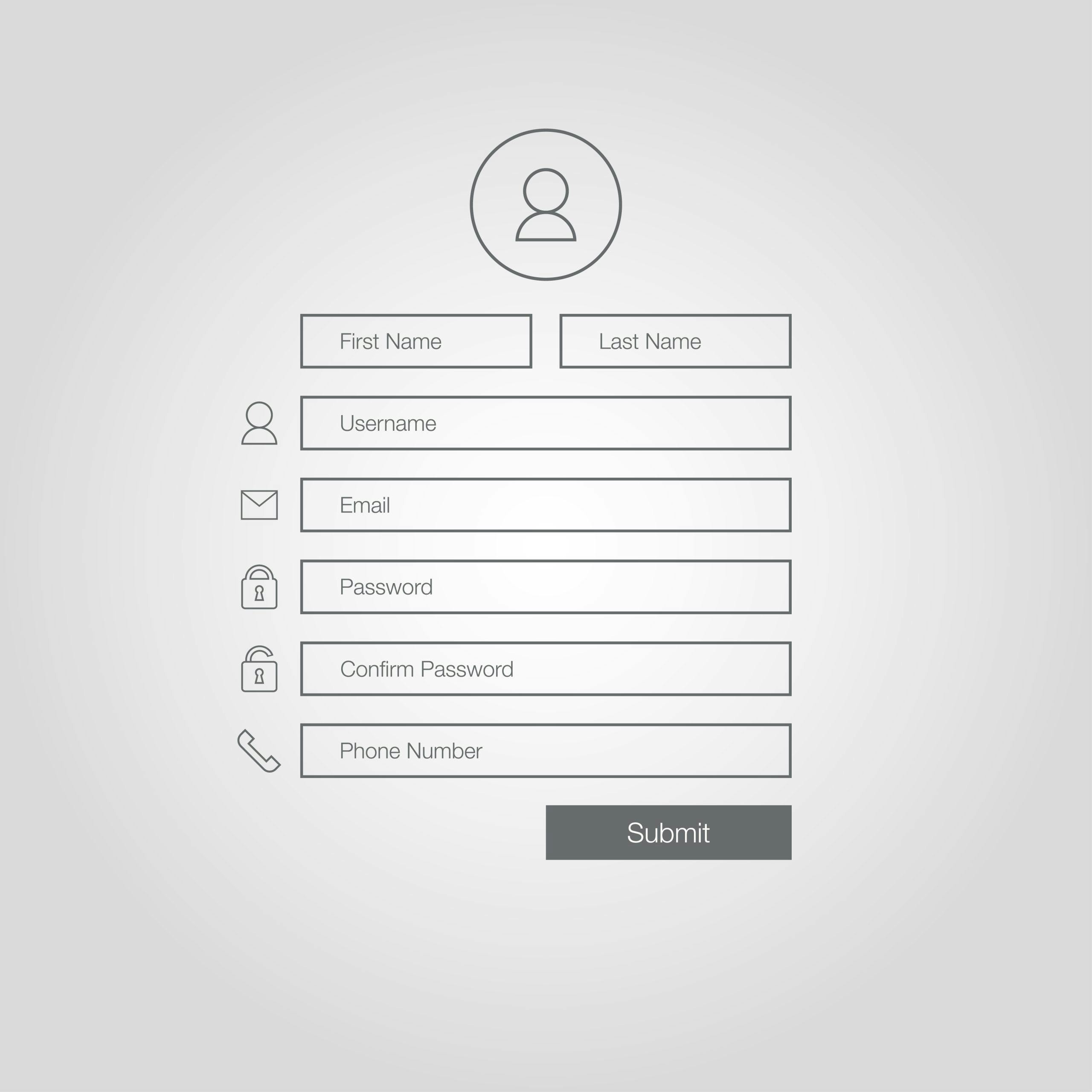If you’ve ever had to enter your email to download a whitepaper or been confronted with an email form when you clicked a “Next” page to continue an article, you’ve come face-to-face with an email-gated landing page. It’s a simple form that requires the entry of certain information before you get to the “good” stuff.
What it’s not is the basic contact form that most agencies have on their website. Those are typically used for voluntary sign-ups; for getting a brochure or your agency newsletter. An email-gated page is more sophisticated, and called a gate for the simple reason that only by providing the required information can the visitor pass through.
 Email-gates can be placed on your own website, hosted offsite by a service provider, or used on social sites like Facebook with the help of an app (one popular one is iFrame Apps) or by directing visitors to click into a special offer. (For more about using gates on Facebook, read “How to Use Facebook to Increase Your Leads.”) Many brands routinely “Like”-gate their Facebook site, requiring a visitor to “like” their brand in order to gain access to special content. Also called fan-gating, it’s most commonly used in connection with a contest, promotion, or event.
Email-gates can be placed on your own website, hosted offsite by a service provider, or used on social sites like Facebook with the help of an app (one popular one is iFrame Apps) or by directing visitors to click into a special offer. (For more about using gates on Facebook, read “How to Use Facebook to Increase Your Leads.”) Many brands routinely “Like”-gate their Facebook site, requiring a visitor to “like” their brand in order to gain access to special content. Also called fan-gating, it’s most commonly used in connection with a contest, promotion, or event.
Whether you should gate some or all of your content is a marketing decision that needs to be well thought out. It might seem a no-brainer to require visitors to give up something to read your blog or get tips on resume writing, interviewing and other such. But that would indeed be a bad decision as only the most desperate or the most witless will fill in a form for something so easily obtained elsewhere.
Online marketing strategist David Meerman Scott says ungated content gets many times more downloads – visits – than does protected content. He isn’t opposed to ever gating content; just don’t do it before your potential audience gets a taste of what’s there. Think of it as pre-qualifying a candidate. Once a candidate is convinced your content is worth their time, offer something of even more value – a free resume review or a periodic jobs newsletter for candidates; an employment trends report for clients and potential clients – in exchange for giving you their information.
How do you this? Cookies is one simple. The second or third time (you decide the frequency) the visitor returns, you make an offer. This kind of programming is not especially complicated, but it does take more than a casual knowledge of coding. Your hosting company may provide this service. A web designer should be able to get this done for you in a couple of hours for no more than $250. Check the listings on your local Craigslist or find a developer on Upwork.
Of course, the value of some gates is immediately obvious: A hosted event RSVP requiring name and contact information which, when provided, lands the candidate on the event information page. You can handle this with a simple email form, providing the same information via an autoresponse. This method has the advantage of being simple to create even for an amateur. In fact, chances are your website hosting company offers ready-made forms you can tailor to your needs.
One caution. Avoid the temptation to ask for too much information. The more you ask a visitor to give up, the fewer responses you’ll get. The infographic here from QuickSprout shows how much better the response rate when Imagescape cut their 11 fields down to four.
One last word. Whether gated or not, email submissions have one big downside: without a connection to a database, you’ll have to enter the information manually. That’s not a problem if you only expect to post a few forms now and then. But as the response volume increases, data entry can become quite time-consuming. Simplify everything by working with an emailer like MailChimp or an email solutions marketer like Wishpond. The monthly cost is low enough for even small agencies, and the advantages go beyond form creation and databasing, to emailing your prospects and list management.
